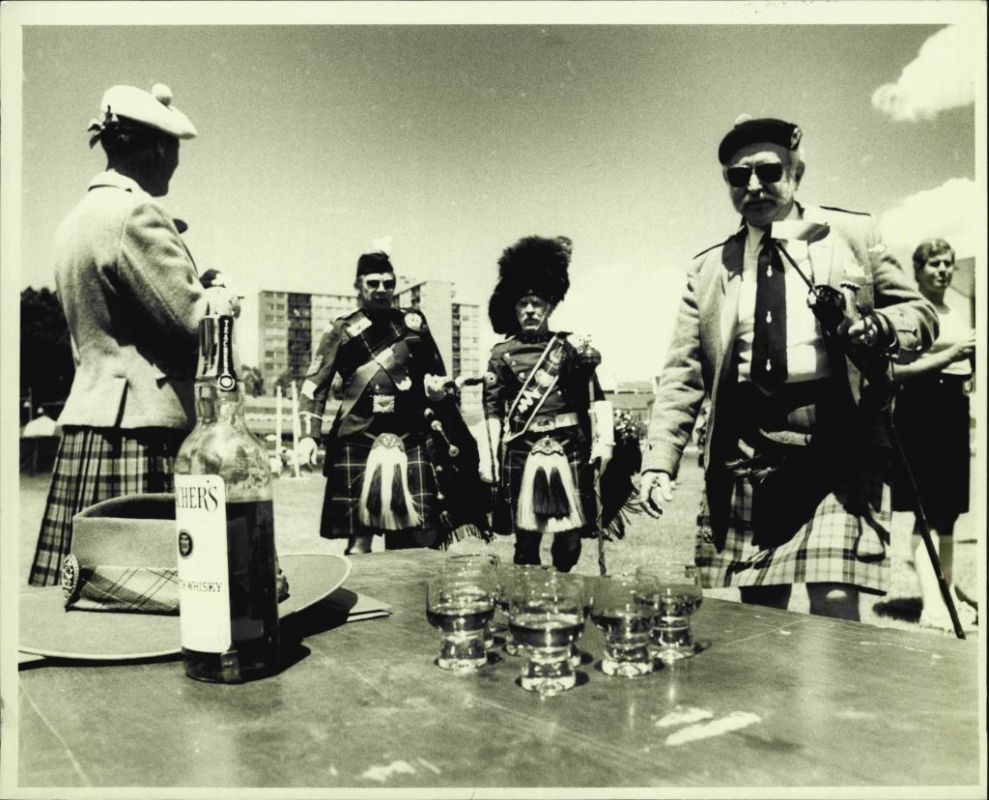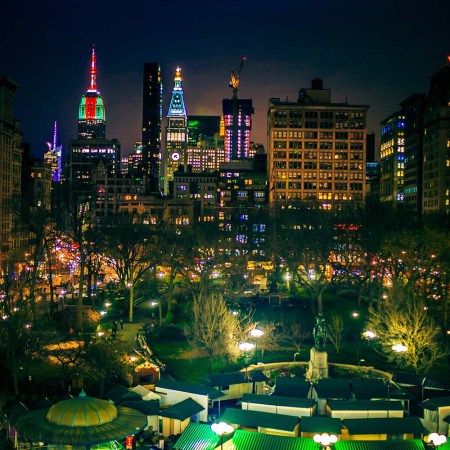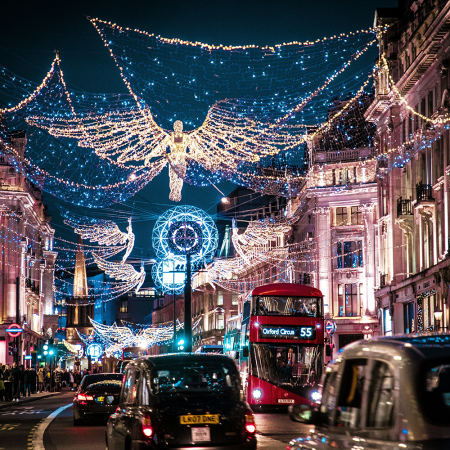When you think about December celebrations in Scotland, what’s the first thing that comes to mind? It’s possible that Hogmanay, which ushers in the new year, is on the mind — which is eminently understandable, given that the 2019-20 edition in Edinburgh featured pipers, dancers, light projections and lots and lots of fire. It’s part of a long tradition of epic celebrations that have taken place for centuries in Scotland.
But what’s now grounds for celebration — a celebration of celebrations, shall we say — once occupied a more controversial space.
In a new article for JSTOR Daily, Livia Gershon revisited the efforts of the Reformed Kirk of Scotland to subdue Christmas festivities in the 16th and 17th centuries. At issue, Gershon notes, was a clash between Catholicism and Protestantism, following Scotland adopting the latter in 1560. The Reformed Kirk frowned on epic revelry of all kinds, from drunken carousing to workers taking Christmas Day off. There’s also a report from 1595 in which “filthy and bawdry speeches” are decried.
As Gershon points out, the heads of the church opted to focus the energies of the people into other celebrations rather than banning them outright. (If they had, one can only imagine the Footloose-meets-Braveheart historical epic that might have resulted.) This also helps explain why Christmases in Scotland are less over-the-top than they were centuries ago, even as those energies have carried on in other forms.
Thanks for reading InsideHook. Sign up for our daily newsletter and be in the know.


















